Any marketing professional knows the power of lifestyle images.
Their goal is to show a product within a styled scene, with models or not.
They put the product into action to let people imagine how they can use it. Of course, brands have lifestyle shots of their products, but many times that is done for a product line, not for every single product. On Amazon, you need lifestyle photos for every single product page.
Product lifestyle image

Put a product into action
Lifestyle product photos let people imagine how they can use an item. So to create scenes that make invite them to do just that.
Here you have an example of a brand using an excellent lifestyle photo to show the use of its product.
Consider that there is absolutely nothing for which you cannot use a lifestyle photo. Perfume bottles, can of pills, soap, everything is the right subject for a lifestyle picture. If a product is useful, it can be in a lifestyle image. If a product has no real use, that is another kind of issue.
Images as One Sheet
A marketing One Sheet, also called one-pager or a sell sheet, is a single page that provides information about a product.
Amazon images can be that conveying relevant product information in a single picture.
As stated in Amazon Product image requirements:
MAIN images must be professional photographs of the actual product (graphics, illustrations, mockups, or placeholders are not allowed). They must not show excluded accessories; props that might confuse the customer; text that is not part of the product; or logos, watermarks, or inset images.
So, the MAIN image can show only the product, without any text or pictogram, but the additional ones can do that!
On the right, there is a clear example of an image that provides value with crucial pieces of information.
Putting critical product information into the images is powerful. Many people will not even read bullets and descriptions. They will jump to reviews, and if they do not see red flags, they will buy!
It is not by chance that Amazon images are at the top left corner of the product page. That is the most critical real estate piece of a web page, for cultures reading from left to right, of course.
How many images?
Amazon gives the possibility to have up to nine images for each product, but only seven are visible. The other two will appear if the customer clicks into the image gallery.
As images are expensive, this means it is not necessary to use all the nine slots provided by Amazon.
That said, three or fewer images on a product page are a clear indicator of a product with insufficient care.
A value-added seller contribution to images
A value-added Amazon seller will work with you to increase the number and quality of the images on your product pages.
A good one will have its way to produce the kind of images required if you cannot provide them.
Title, bullets and description: talking to people and algorithms
Every word of a product listing on Amazon needs careful crafting, with two goals in mind:
They have to appeal to customers.
They have to be relevant to A9, the robust Amazon search algorithm.
When thinking of people, the key is to talk of benefits, not characteristics of products.
Many brands are in love with their products. It's right, they spent themselves to create them, and they are proud of their result. But Amazon is in love with the customers, not with the products. All of us have something to learn from this.
Too many times, we see products on Amazon with a short title and a few quick bullets talking of product features and not of the benefits the customer will receive using the product. Such product presentation has a terrible double effect, the drop of interest in people, and the lack of terms for the search engine.
Such a situation creates a vicious circle, capable of pushing a product well down the Amazon pages. As the product listing is not able to appeal to people, few searches will convert into sales. As a search is not generating sales, the Amazon search engine will lower the product rank for that search, and this will drive less traffic to the product.
From features to benefits

Full use of title and bullets
On the left, an original listing with reduced use of title and bullets, on the right the same listing after a complete transformation. Bullets include benefits, not only features. Note as the original title did not even have the main keyword people use to find that product in the title: Fly Tying.
The picture above tells everything! On the right, you see a product with a weak title and bullets, while, on the left, you have the same product listing but transformed.
Initially, the title did not even include what the product is, and how people would search it: a fly tying kit. The bullets were short and reported only product features.
Although the product is really technical and well known by people fishing in the Colorado River, that does not mean that less initiated fishers would not appreciate a more detailed exposition of what the product provides.
A9, the Amazon search algorithm, appreciated for sure. Now the product ranks in the first four pages for 326 keywords against the previous 249.
A value-added seller contribution to title, bullets and description
A value-added Amazon seller will work on improving title, bullets, and description of your products. The seller team will look to exploit all the possibilities offered by the platform, and they will do it to maximize traffic and conversion.
If the title, bullets, and description of your products look short and feature-focused, it is the case to wonder why none of your sellers acted on that.
Offer structure: exploit the product variations
Amazon product pages permit the use of variations. That is pretty obvious for apparel, for instance. The articles of clothing are full of variations. Different sizes, colors, or even models of an item can stay on the same product page.
Using variations produces a couple of benefits.
From the customer viewpoint, using variations makes the offer clearer. There is no need to search a different color of the same dress in a separate page. You click on a variation thumbnail, and you see it.
This mechanism is also beneficial from the seller perspective. Not all colors of a cloth sell the same, but putting them together under a single listing gives an advantage. Lower volume items will piggyback on the most successful ones.
Some sellers have very well understood this opportunity. They tow less successful products with best selling ones abusing variations.
You can find listings of knives with seven variations, of which only five are legit with different blade engraving or different handle material. The other two are low cost, high volume knives, of entirely different shapes and quality. The high price, slow-selling items would disappear if listed alone. The higher volume and cheaper products make them rank to the top.
This behavior does not shine for correctness. Amazon guidelines are clear: you should not use variations for different products. Even so, as this rule is not so easy to enforce, some sellers misuse variations.
On the other side, you can see a vast amount of product pages where the only difference is the number of products. One bottle, two bottles, three bottles of the same shampoo are legit variations. Cans of different sizes are correct variations. There would be no good reason to have them under separate listings unless some rogue sellers created them to bypass the brand price guidelines. A goal that is hard to consider right.
A value-added seller contribution to offer structure
Gathering products under a single listing with variations is a pretty technical activity. Only an excellent value-added seller, partnering with your brand, will have the expertise and spend the time to structure your offer correctly.
EBR, Brand Store, EBC: how to protect and develop a brand
If a brand has a trademark registered with USPTO, it should enroll in Amazon EBR program.
EBR stands for Enhanced Brand Registry, now indicated also as Amazon Brand Registry. It is the program created by Amazon to protect registered trademarks.
EBR provides two significant benefits for brands:
Accurate brand representation: Amazon product pages are like a wiki. Every seller can propose changes to title, bullets, description, and structure of variations. Amazon states that its review methodology will take into consideration the best contributions, but that is not always the case. Product pages of brand enrolled in EBR can be changed only by the brand owner or by its authorized Registered Agents.
Increased protection against trademark infringements on the marketplace: EBR enrolled brands have a dedicated set of tools to identify and report trademark infringements. The enrollment also triggers additional proactive brand protection measures by Amazon to locate and remove potentially harmful listings.
Besides this, enrolling in EBR opens the doors of the entire set of brand services provided by Amazon, like Brand Stores and Enhanced Brand Content (EBC).
Brand Stores
Have you ever clicked on a brand link below a product title on an Amazon product page?
If the brand is not EBR enrolled, clicking on that link will launch a search using the brand name as a keyword. The result will be just a list of products as when you search with a generic term. Some of them will be really of the brand you clicked; others will be not even related.
A brand enrolled in EBR will bring us to a page titled with the brand name and all its products listed as tiles.
Finally, if the brand is using Amazon Stores, you will land on a rich content page: a brand storefront.
Brand not enrolled in EBR
Clicking on the brand link on the product page produces a search result page with the brand name as a keyword. In this case, Dynamic gives 100.000 results, as it is a very generic search.
Enhanced Brand Content
EBR enrolling unleashes another exciting possibility for brands: using Enhanced Brand Content (EBC) or A+ for product descriptions.
Using these service permits to differentiate the listing and may increase sales.
A value-added seller contribution for Brand Services
There is no Amazon fee to implement EBR, Stores, and EBC, but they do request an effort. Authorizing a professional value-added seller to act as an EBR Registered Agent for your brand is an excellent way to cope with the required workload.
A value-added Amazon seller has all the interest in developing your brand and does not charge a fee.
Keywords & PPC: getting traffic
No matter how beautiful and engaging a product page is, nothing will happen without receiving visits from customers!
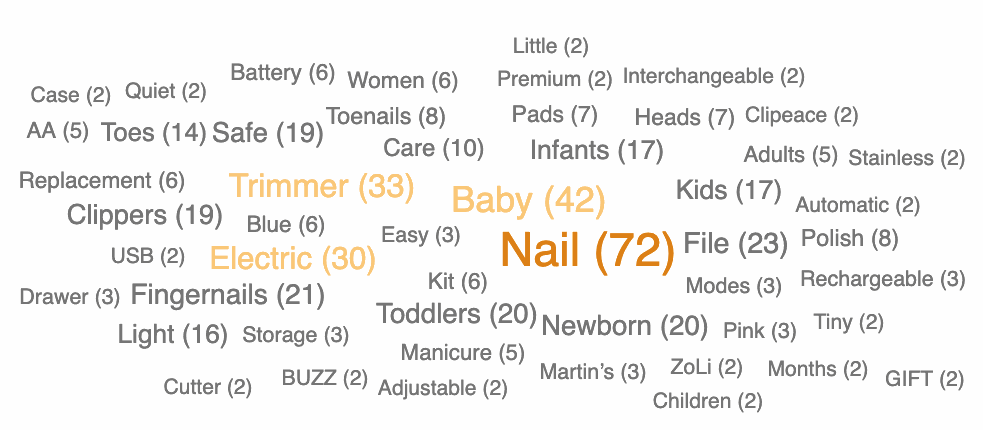
There are many ways for potential customers to land on a product page. For sure, the most important is through product searches.
In such a scenario, each possible sequence of search terms becomes a battlefield. A marketing segment where some products win and others lose.
Optimizing listing keywords is an intricate piece of work, but there is a straightforward test to check its result. The first five words in a product title are the most important for the Amazon search engine. The main keyword people would use to find that product has to be in those first five words. If that is not the case, the product will rank low in the most critical search result.
PPC campaigns
PPC Advertising Campaigns are the complement of the keyword optimization activity.
A product with fierce competition in search results will benefit from PPC campaigns.
Amazon's automatic PPC campaigns permit us to discover keywords and to understand their effectiveness.
Those keywords can then be the base for further page optimization. They will also enable the launch of efficiently targeted campaigns.
A value-added seller contribution to keywords and PPC
Effective keyword optimization and PPC campaign management need skills and tools. When you have many sellers, it is improbable that they dedicate resources to take care of your product page. Partnering with an experienced value-added Amazon seller brings a relevant contribution of resources and expertise to this area.

Review gathering and management: building trust
The number and quality of the reviews are of great importance for product success.
In the last couple of years, Amazon has made a great effort to make the reviews more reliable, periodically removing the suspicious ones from product pages. Review guidelines have become tighter and more strictly enforced. But, it is still possible to ask for them properly!
Leaving reviews to customer spontaneity would make them fall to 1% of product sales. With a proper email follow-up, it is possible to go up to 3% reviews to sales ratio.
An appropriate email follow-up sequence often permits also to prevent negative reviews. Offering seller support can lead to a direct interaction that solves the problem. In this way, sellers can cut the risk of a one-star review.
Finally, when a product does receive a negative review, it is of great importance to respond to it accurately. The comment has to come from the brand or the sellers. It has to make clear that they care for the negative customer experience and want to find a solution.
Potential customers spend more time on the negative than on the positive reviews. They try to discover any flaw or red flag before purchasing a product.
Leaving negative reviews without comments is a dangerous course.
Value-added sellers contribution to review gathering and management
Too many times, we see negative reviews without any comment. That is a sure sign that nobody is taking care of the product.
The value-added sellers will set up an email follow up sequence to increase reviews. They will also use an alarm system to detect and comment on negative reviews.
MAP compliance: the price is part of the product
It is clear to everybody that if the Ferrari cost as a utility car, it would be a different product. The current owners of Ferrari cars would flock towards other brands.
The price of a Ferrari makes it exclusive, and that is a product feature its customers want.
Protecting the price of products is vital to manage brand distribution channels. It is also important to defend the product and brand image in front of the customers.
The first step to protect the price is to have a MAP policy and to enforce it.
That is particularly difficult on Amazon as the brand often even does not know whom the seller is breaking the MAP.
A value-added sellers contribution to MAP compliance
A value-added seller enjoys MAP policies actively enforced. A seller team spends time and resources on your products, and they do not want to lose margin.
It is in their interest to support you in identifying MAP violators, and they will do it.
How many sellers?
Once you realize how much contribution partnering with value-added sellers can bring, you can wonder how many of them you should have.
Considering that you cannot realistically authorize more than one Registered Agent for your Enhanced Brand Registry, the answer is simple: one.
Is that leading to some kind of exclusivity? Not at all. Being a Registered Agent for a seller is a burden, not a profit source. You can remove a Registered Agent whenever you want.
By the way, note the following:
Never permit a third party to register your brand on Amazon. That has to be you or someone inside your organization. It is about brand ownership. Something you can not and you must not delegate.
Should you consider an exclusive seller for one or more of your products? Maybe. Exclusivity is about trust, and that needs time. Nevertheless, also when trust is there, having more than one professional seller is better for all. Especially to ensure stock continuity. Going out of stock harms products on the Amazon marketplace. Not only for the loss of sales but because the algorithms take into account the history of the availability of the products for ranking them in search results.
Out of stock effect
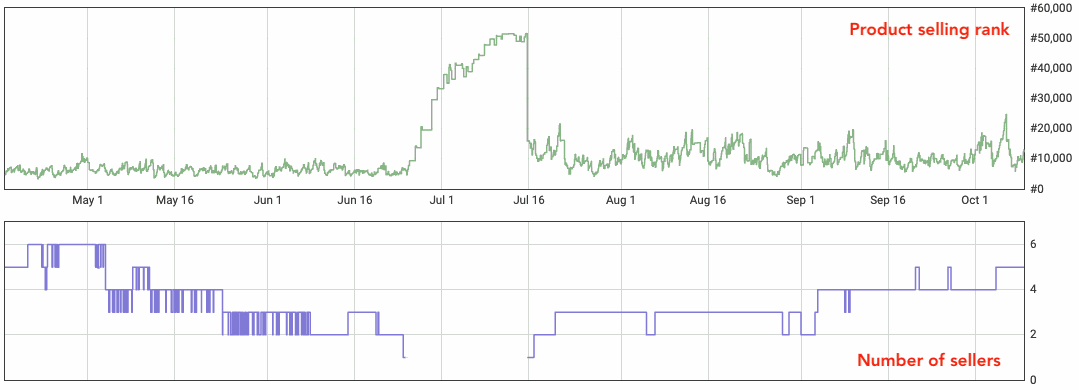
Going out of stock affects sales in the long term
This Keepa graph shows the effect of going out of stock on Amazon. Before the out-of-stock event, the product BSR was around 5,000, with about 500 units sold each month. On the 15th of June, the product went out of stock, as the manufacturer was back-ordered. On the 15th of July, the product was back in stock, but the selling rank did not come back to the previous level. After more than two months, the selling rank remains over 10,000, and monthly sales are at 250 units.
Most of the time, value-added sellers use Amazon for distribution through the FBA (Fulfilled By Amazon) service to be Prime, an essential feature for customers. FBA is expensive, it charges for shipping and warehouse. Therefore value-added sellers work with a refurbishment model; they stock one or two months of products in Amazon FBA centers. Going with a single seller makes more likely the risk of out of stock events. No matter how good the seller is in stock management.
All in all, a good pool of sellers is the following:
One value-added sellers authorized as Registered Agent for EBR.You do not want to spend time coordinating multiple Registered Agents. It is much better to have a good one and keeping him accountable.
Other one to four professional sellers, depending on your sales volume. They can be value-added sellers or just ordinary ones, not rogue for sure!Ensure they develop a relationship with your brand; they are knowledgeable about the marketplace and taking care of your products. The best option is to have there a possible replacement should your leading value-added seller not meet your expectations.
What about FBM sellers? Fulfilled By Merchant sellers can be brick and mortar stores opening an Amazon account to have another sale channel. They do not have additional costs, as they already stock the product. They just have to ship it when it sells.
You do not want to harm the relationships with your physical retailers willing to expand on Amazon. So, you can have as many FBM sellers as you want, provided you know them, and you have a clear and enforced MAP policy also for them, as FBM sellers have to keep their price at least 10% below FBA ones to compete with them.
There are also FBM rogue sellers. People that make retail arbitrage, for instance, buying your items at a local store during a sale and ship them from their home. It can be limited damage, but it is a hassle. Prudence and caution are also required here to avoid losing control.
Finally, the list of contributions an authentic value-added seller can make to the relationship with your brands is a benchmark for the sellers you have now.
Instead of saying no to any new Amazon seller proposal, you should invest some time to understand what kind of contribution you need and who can deliver it.
Key takeaways
There are seven specific ways for a value-added Amazon seller to make relevant contributions to your brand presence on Amazon, increasing sales and visibility.
Improving the number and quality of your product pages, including lifestyle ones and one-pagers.
Improving the title, bullets, and description of your products to make them more benefits-oriented.
Structuring your offer to make it clearer to the customers and better ranking.
Supporting your brand in implementing Amazon Brand Services: Enhanced Brand Registry, Brand Store, Enhanced Brand Content.
Managing keyword optimization (SEO) and effective PPC advertising campaigns.
Increasing the number of reviews, monitoring, and managing the negative ones.
Supporting MAP policy compliance, identifying, and reporting MAP violators.
It is a good investment of time to check if your current sellers are providing you with these contributions and understand who could actually deliver them among the new sellers trying to start a relationship with you.
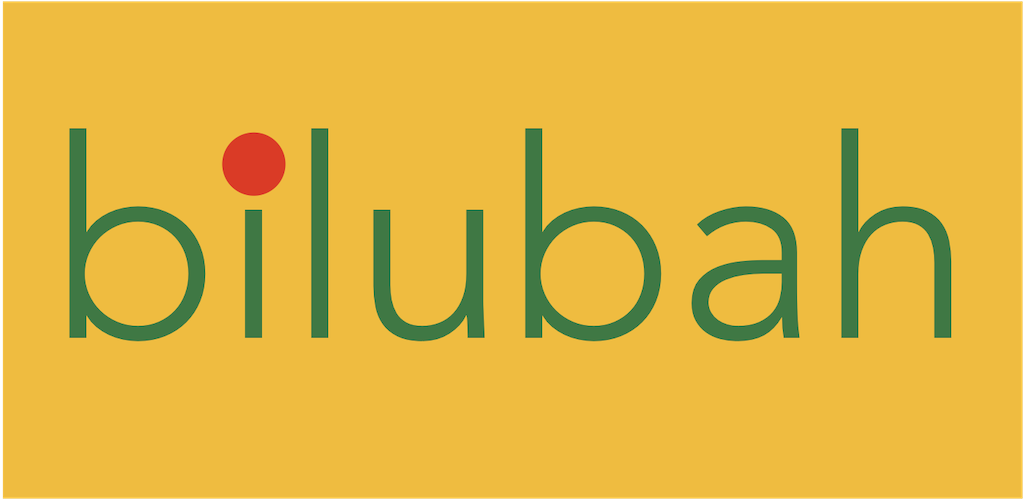


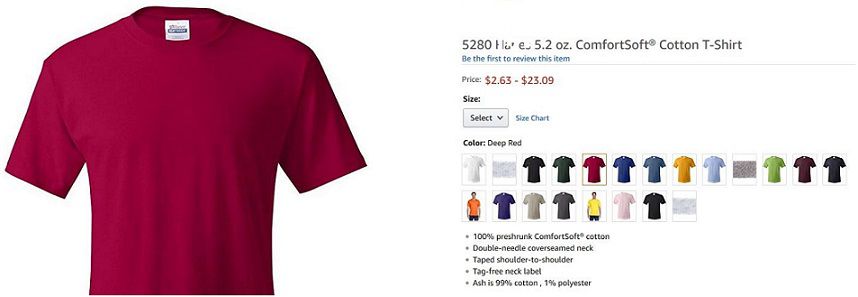


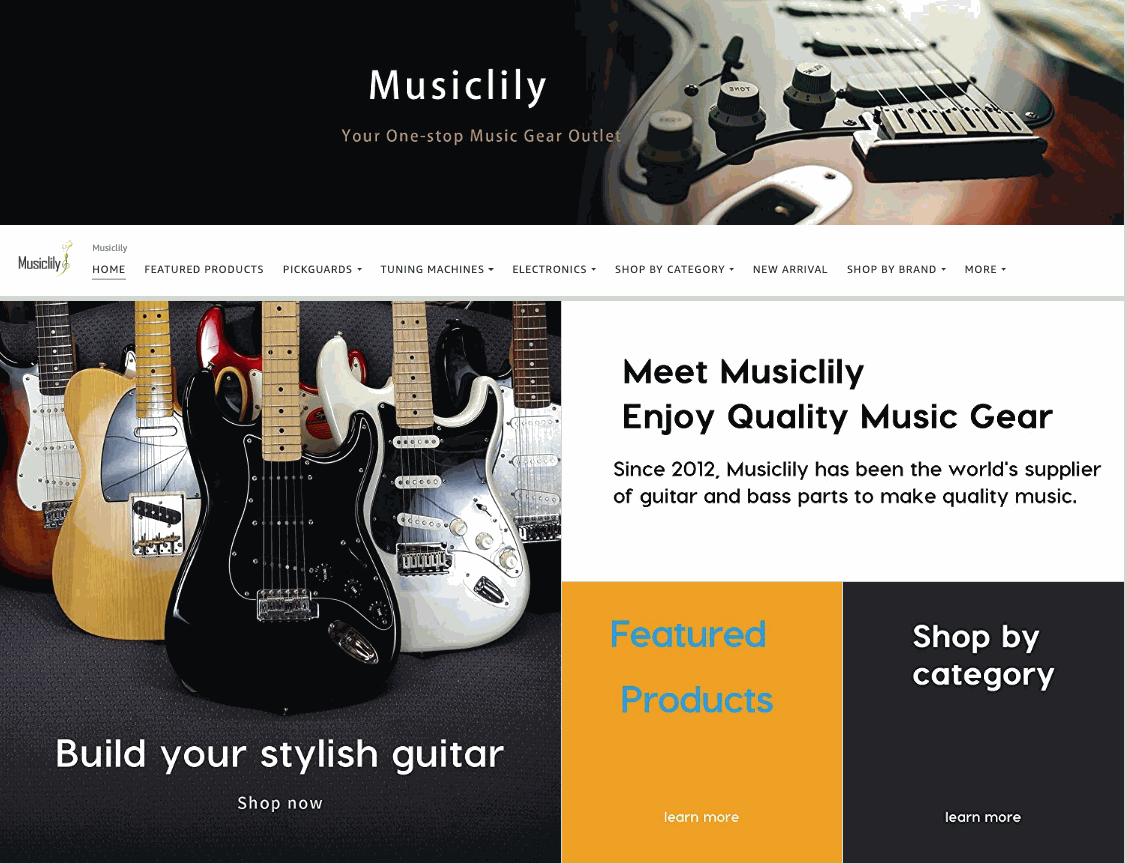
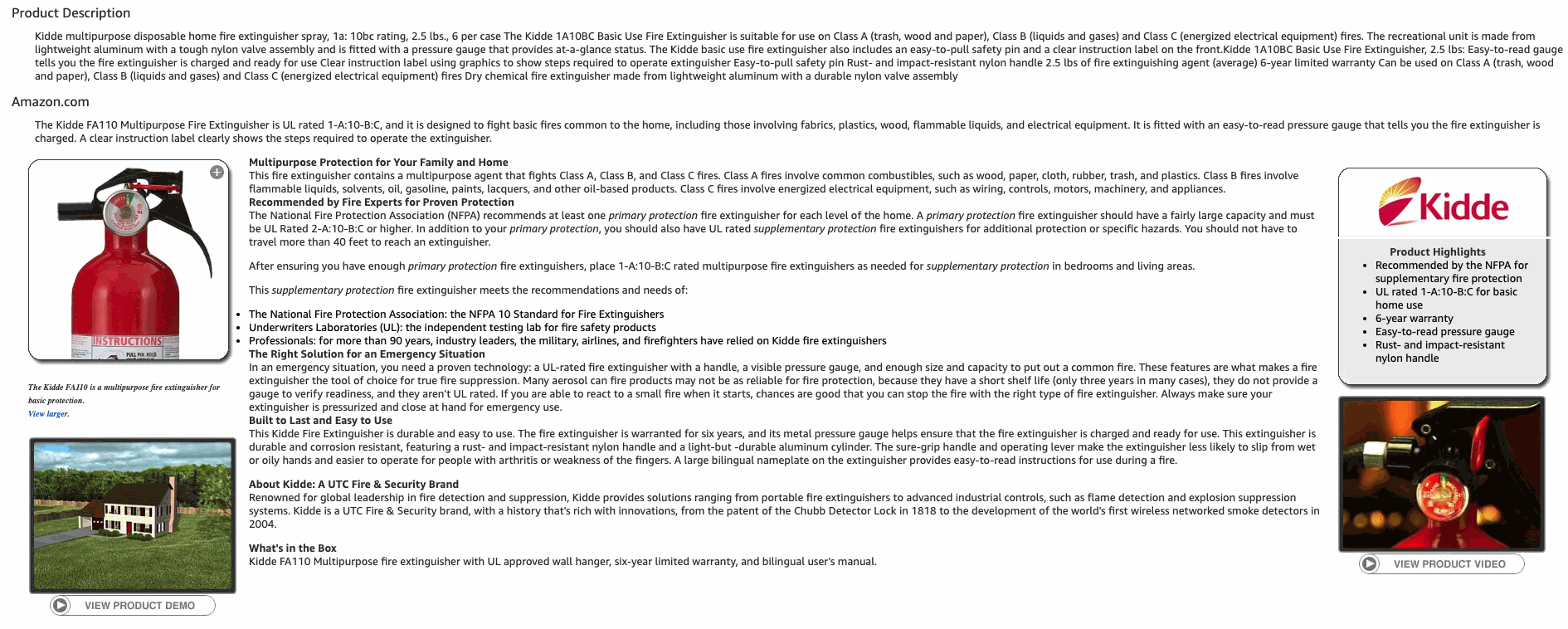
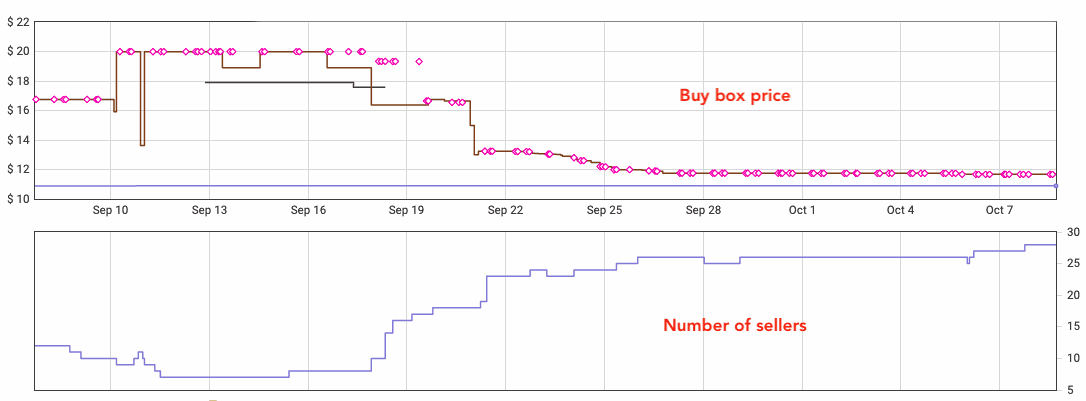
The Magnificent Seven
The seven ways a value-added Amazon seller can improve your brand sales and image
Amazon Brand Stores Conversion Enhanced Brand Content Enhanced Brand Registry Keyword Optimization MAP Marketing Pricing Product Listing Reviews SEO Traffic Value-added Seller